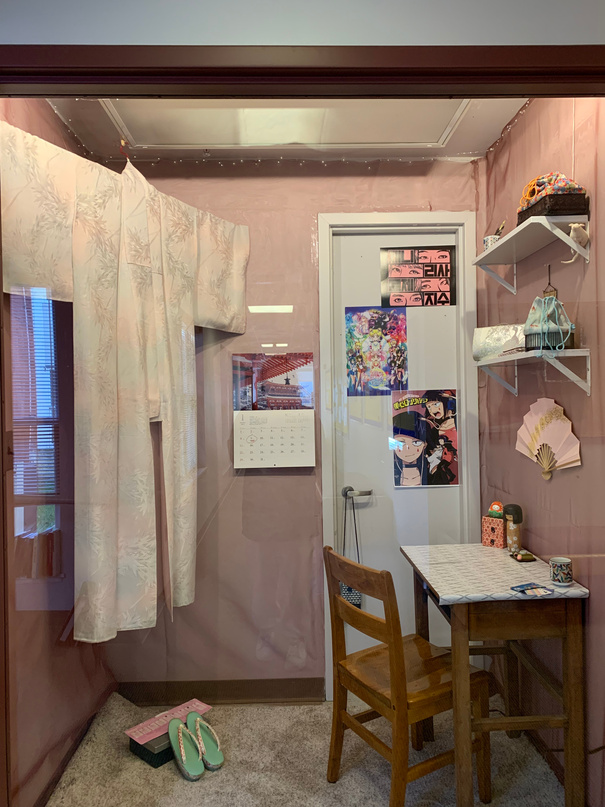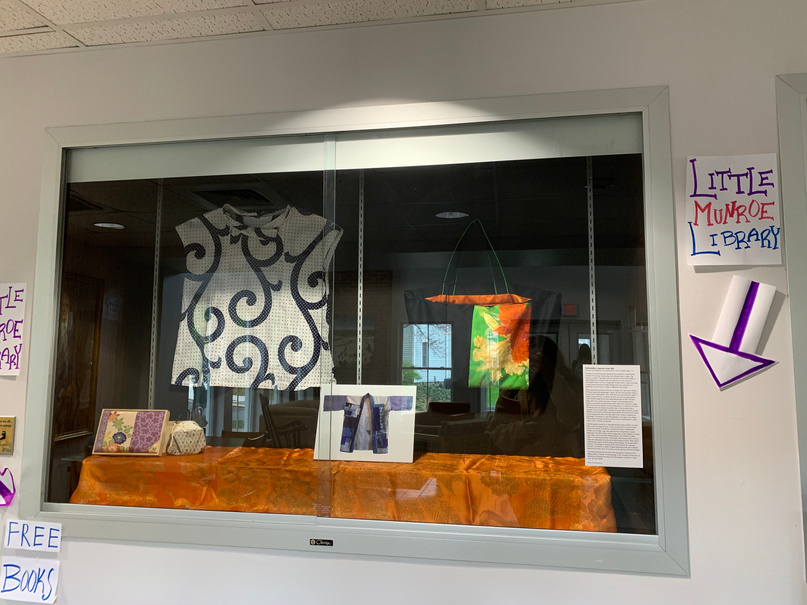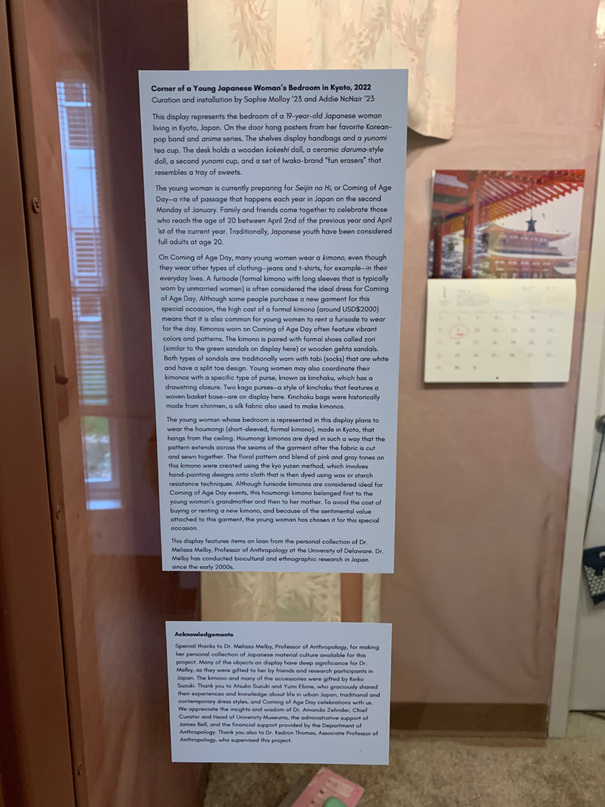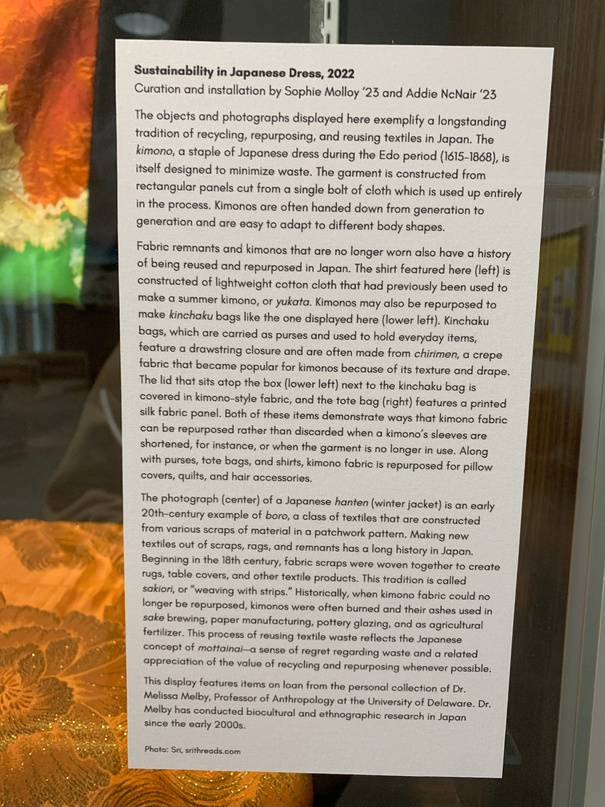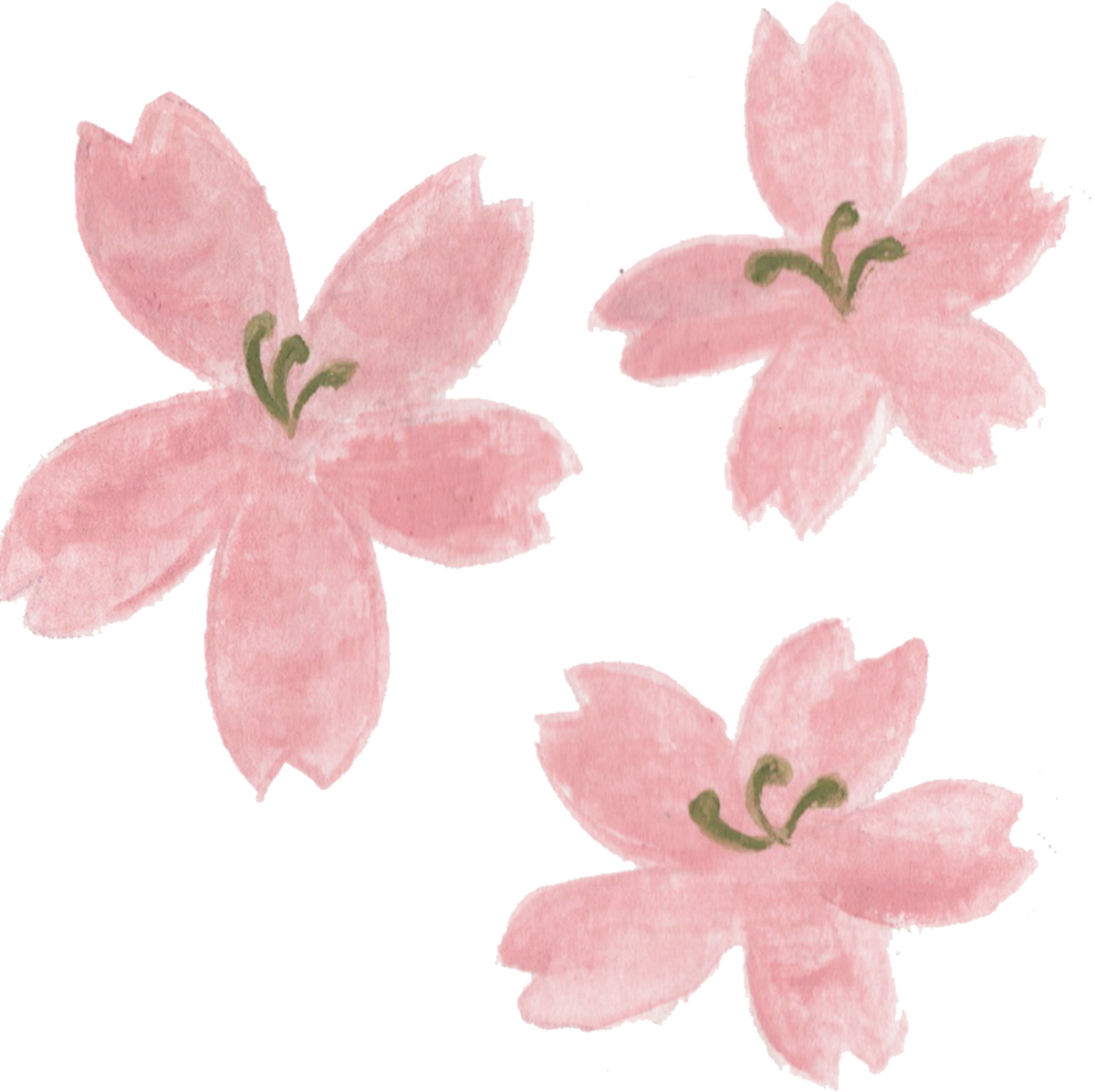



Course Goals and Objectives
During the fall semester of 2022, I, along with fellow senior Sophie Molloy, worked under the direction of Dr. Kedron Thomas in Anthropology 466 to create two curated exhibitions of ethnographic objects located within display cases in Munroe Hall (home to the Anthropology Department)
Course Goals:
• DESCRIBE and APPLY major themes and concepts from material culture studies in anthropology.
• DISCUSS issues of power, politics, and representation that are important for museum curation and exhibition.
• DEMONSTRATE skills related to object selection, object analysis, and exhibition design. • IDENTIFY current best practices in museum curation and exhibition.
• IDENTIFY experts at UD and other institutions who work in the fields of material culture studies, anthropology, museum studies, and art history who can serve as resources for learning and applying best practices in museum curation and exhibition.
• PLAN and IMPLEMENT a curated exhibition of ethnographic objects that is informative, creative, and engaging for audiences of UD students, staff, faculty, and visitors.
03
Japanese Material Culture
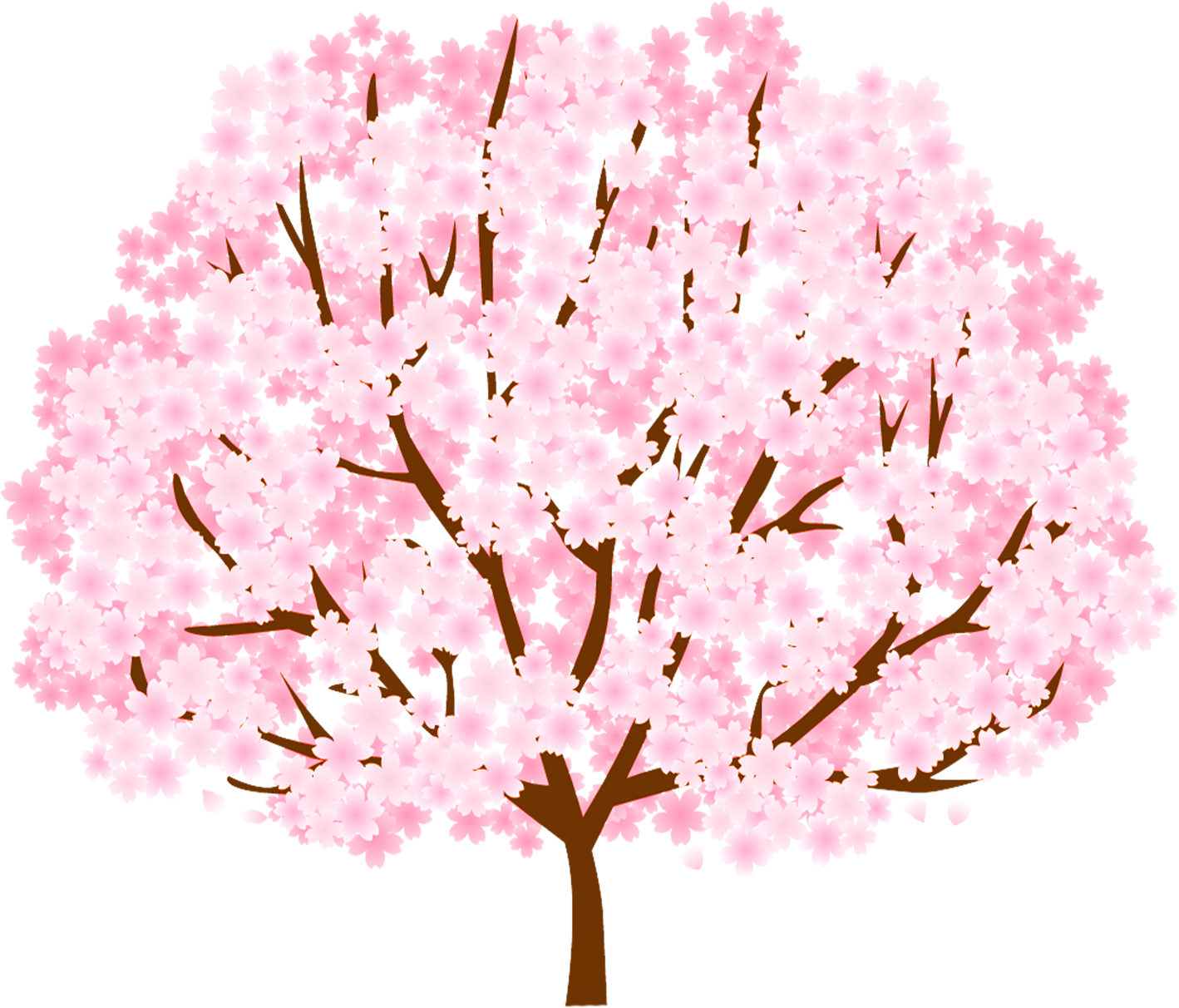
Choosing a Collection
We chose to display items from the personal collection of Professor Melissa Melby from her time conducting research in Kyoto, Japan. The kimono, along with several other times we displayed, was gifted to her by Keiko Suzuki.
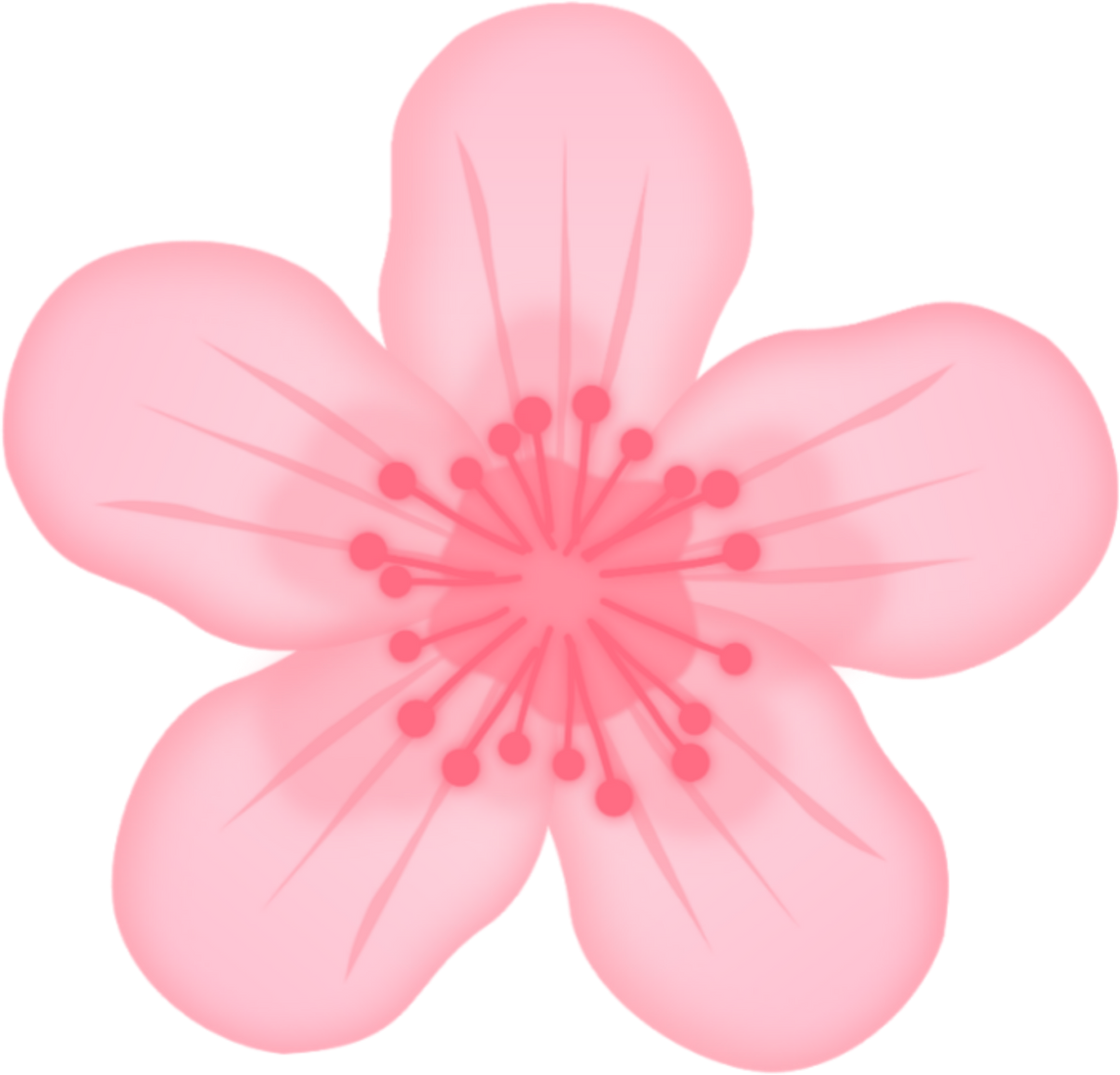
Research
To better understand the curation process, we went on field trips to two different museums. We were given a tour by Dr. Amanda Zehnder, Chief Curator and Head of University Museums, of the University Museums at the University of Delaware. We gained an insight into the process of setting up an exhibit--from the selection of pieces all the way to finalizing the display and adding the labels. For further insight into Japanese textiles and the display process, we visited the Metropolitan Museum of Art in New York City to tour the exhibit Kimono Style. We also received information on life in urban Japan, traditional and contemporary dress styles, and Coming of Age Day celebrations from Dr. Melby's connections in Japan, Atsuko Suzuki and Yumi Ebine
04
Front Display: Sustainability in Japanese Dress
The objects and photographs we displayed exemplify the longstanding tradition of recycling, repurposing, and reusing textiles in Japan. Mottainai, a sense of regret regarding waste and a related appreciation of the value of recycling and repurposing is reflected in Japanese material culture. We chose a photo of a Japanese hanten (winter jacket) as an example of constructing clothing from various scraps of material. We included a wooden box with a fabric-covered lid as well as a silk tote bag as examples of things that may be made from scrap fabric.

Back Display: Corner of a Young Japanese Woman’s Bedroom in Kyoto
Our Second display represents the bedroom of a 19-year-old Japanese woman living in Kyoto, Japan. The young woman is preparing for Seijin no Hi, Coming of Age Day- a rite of passage celebration for those turning 20. On Coming of Age Day many young women wear furisodes (formal kimono with long sleeves typically worn by unmarried women). However, our display features a houmongi- -a short-sleeved formal kimono. The items we displayed alongside the kimono include a Blackpink K-pop poster, anime posters, a kokeshi doll, a yunomi cup, an Iwako brand sweet treat eraser set, a set of zori shoes, kago bags, and a sensu fan.
05
photos
07
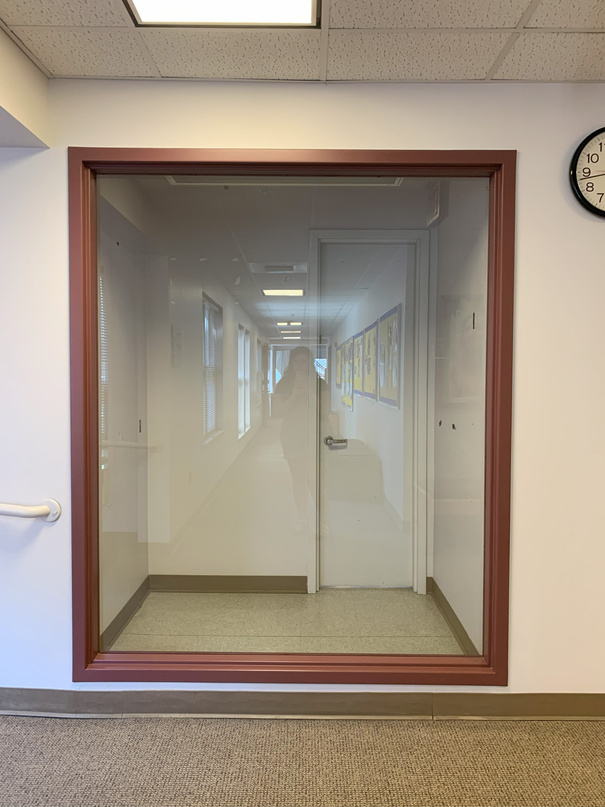
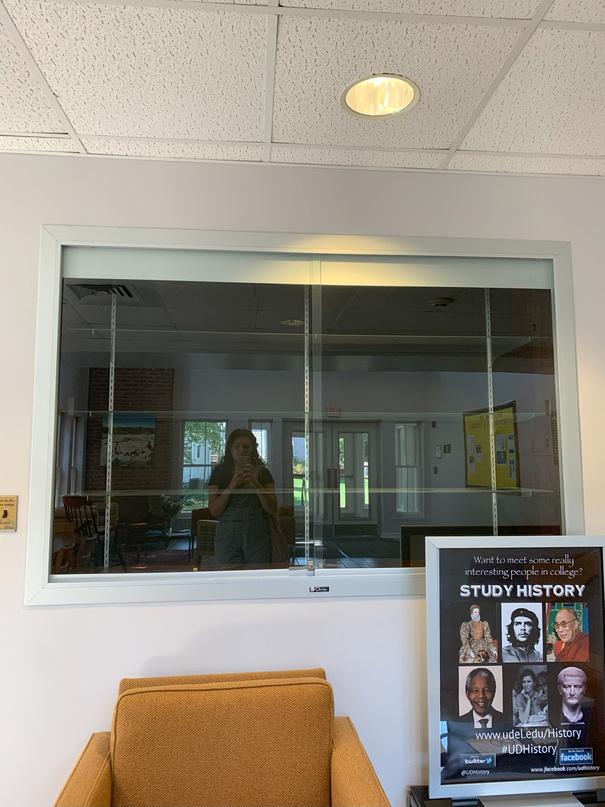
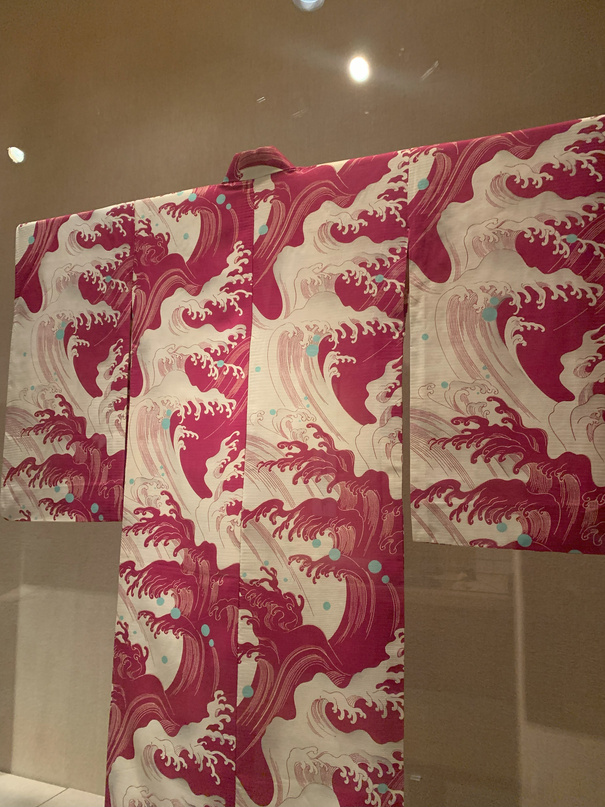
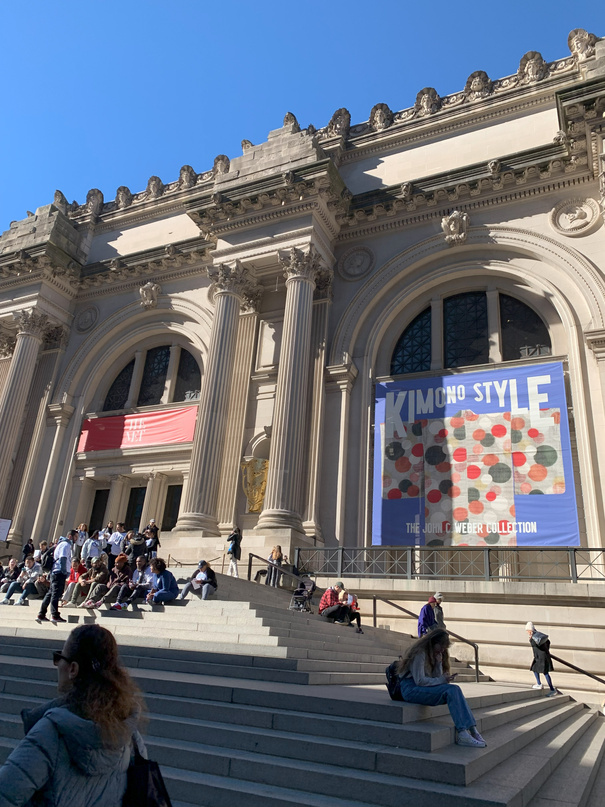
Photos
08
